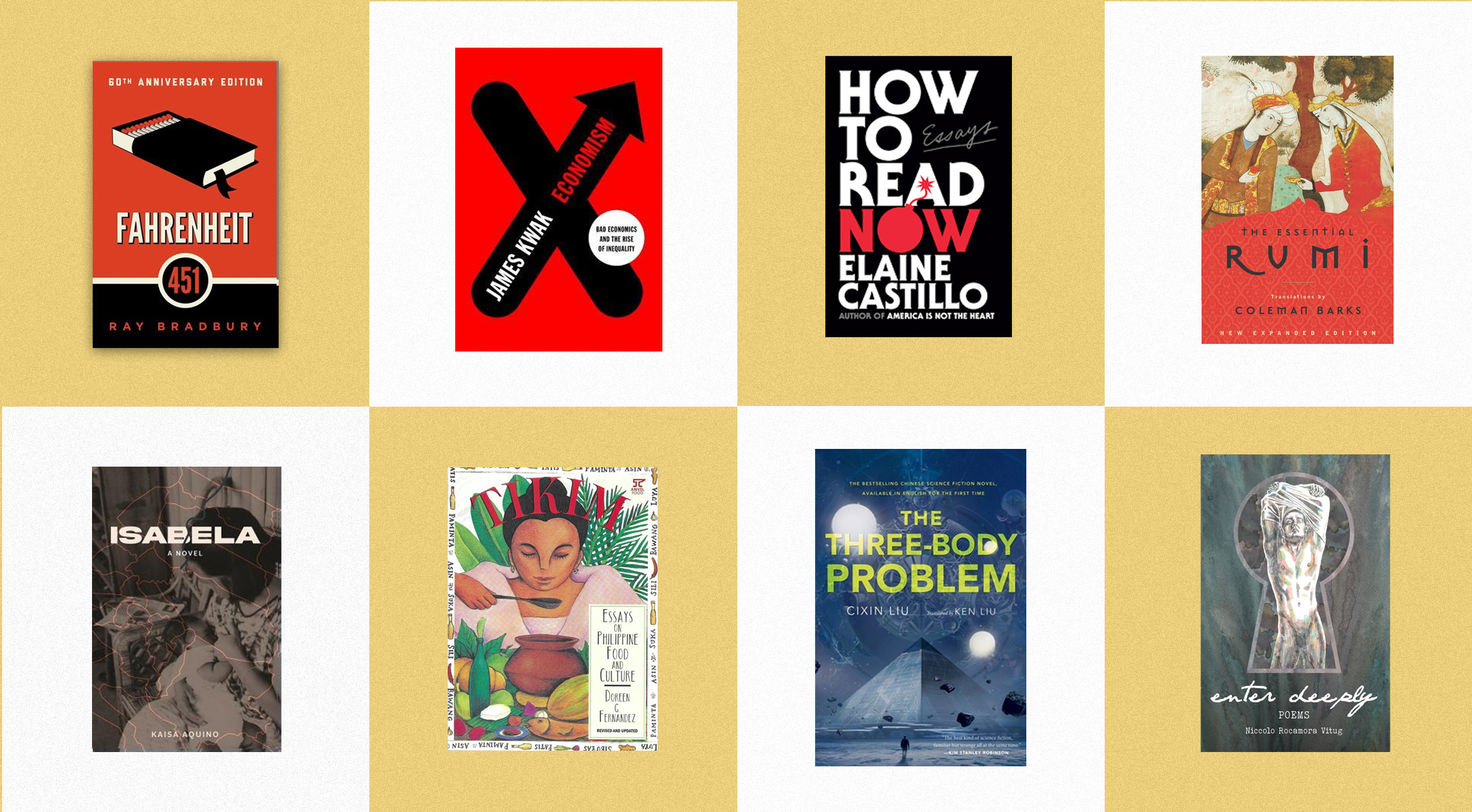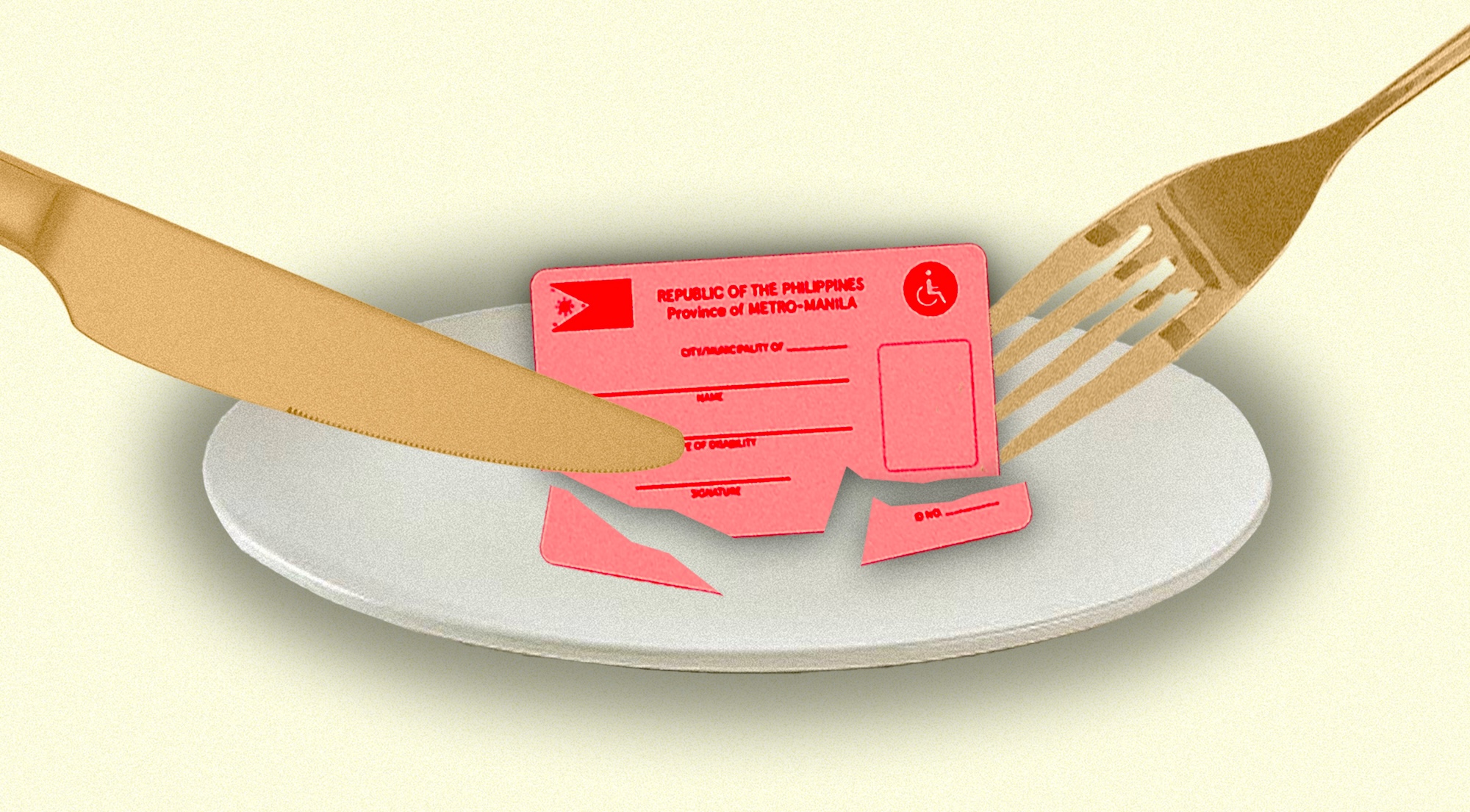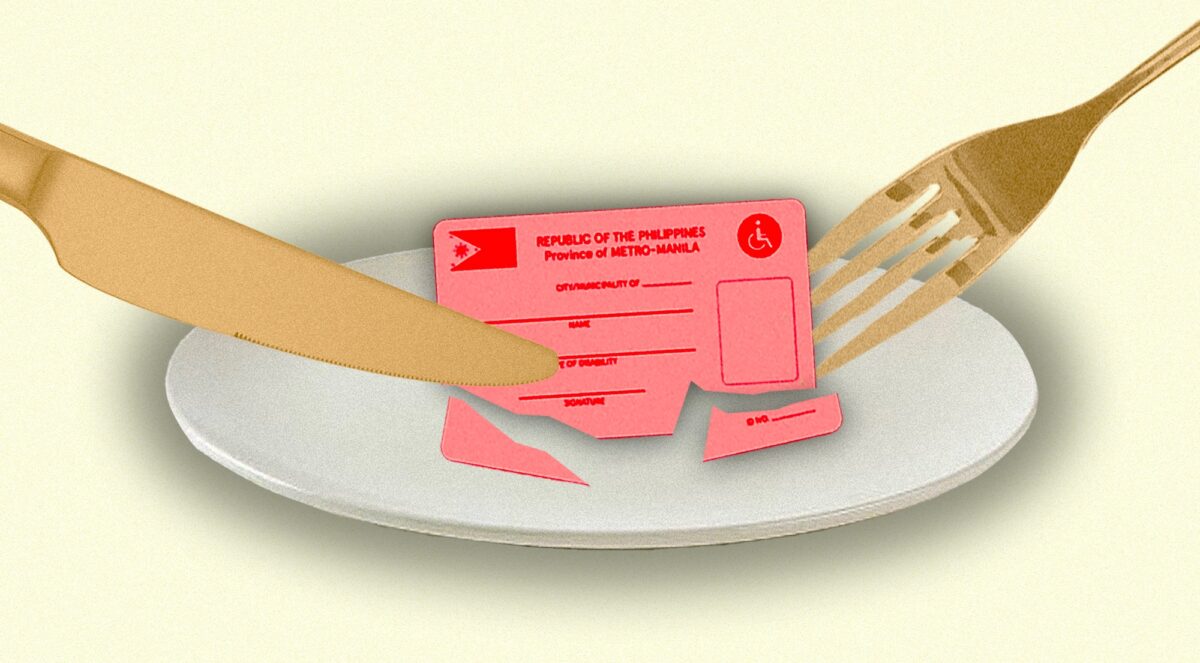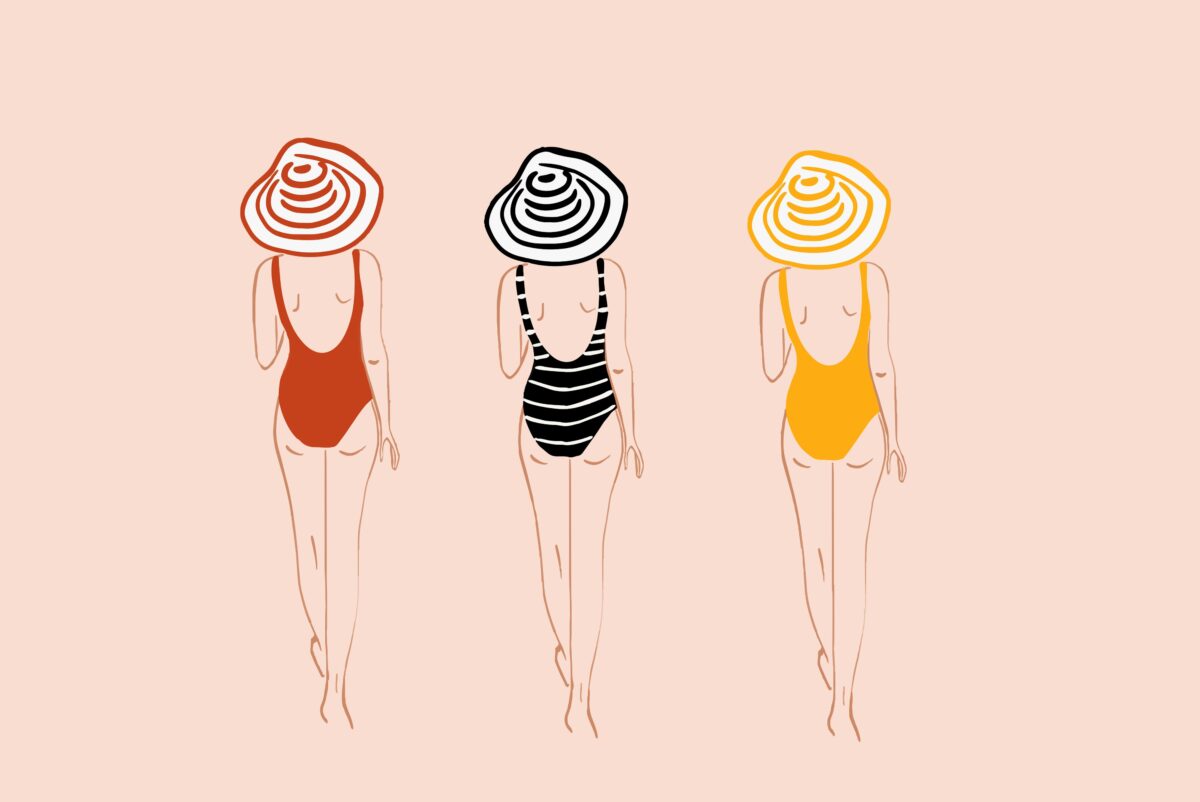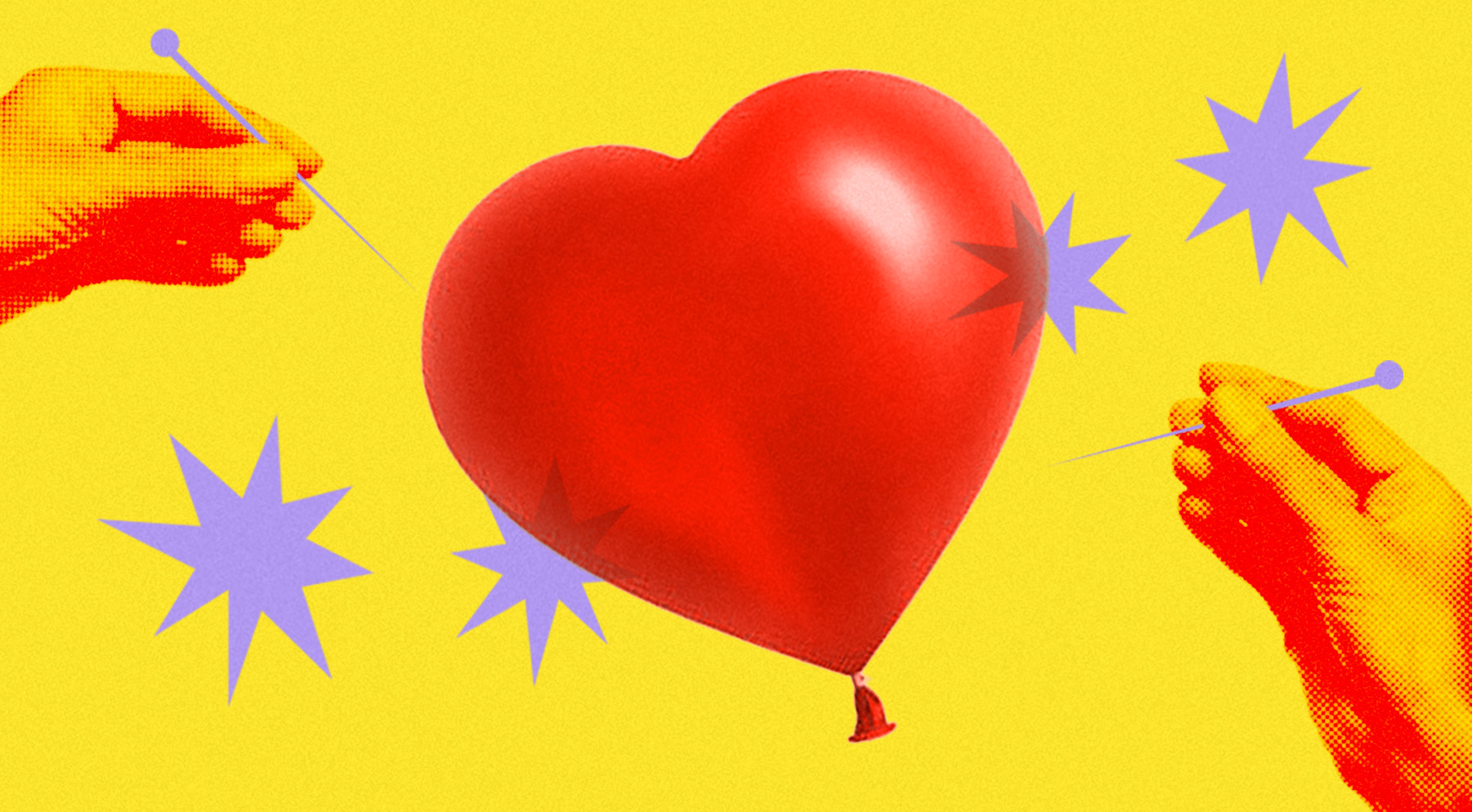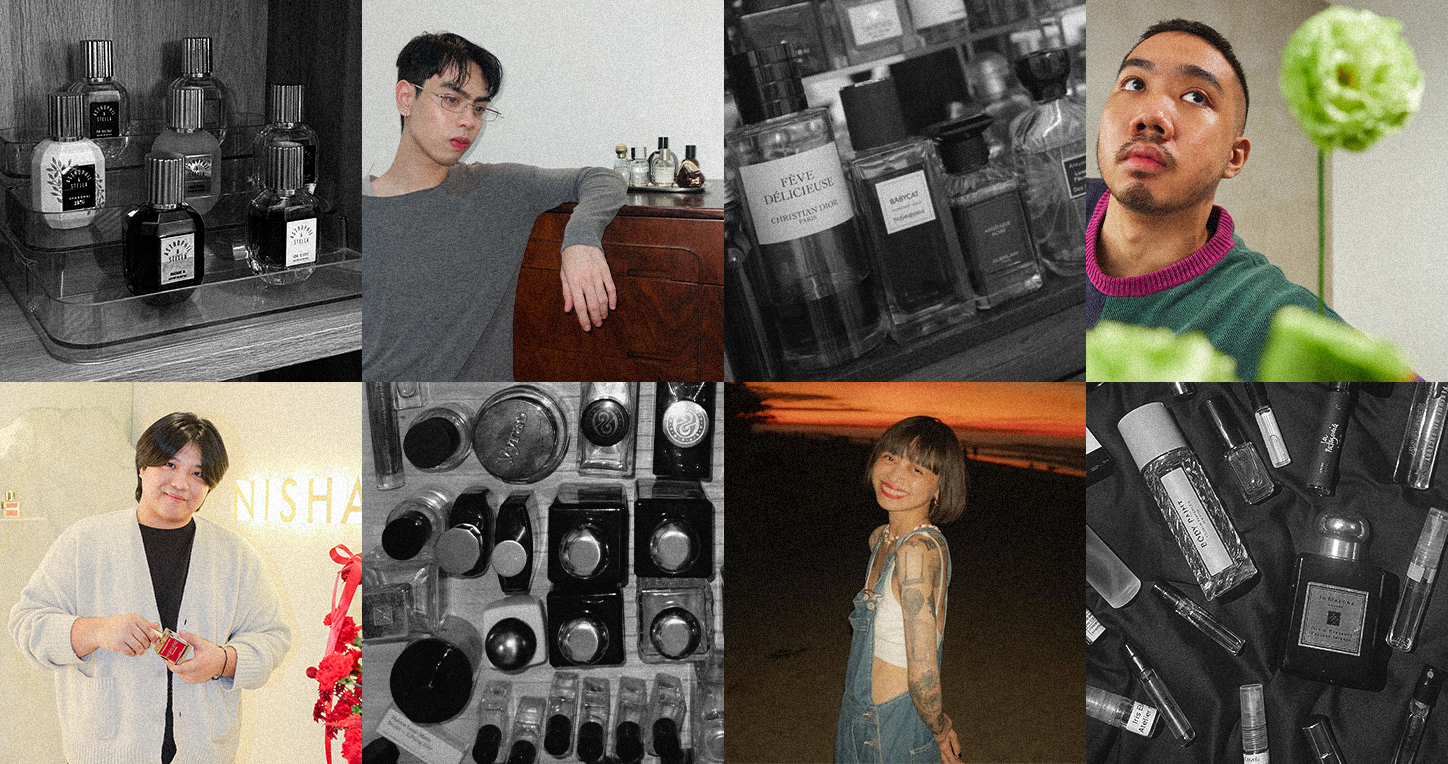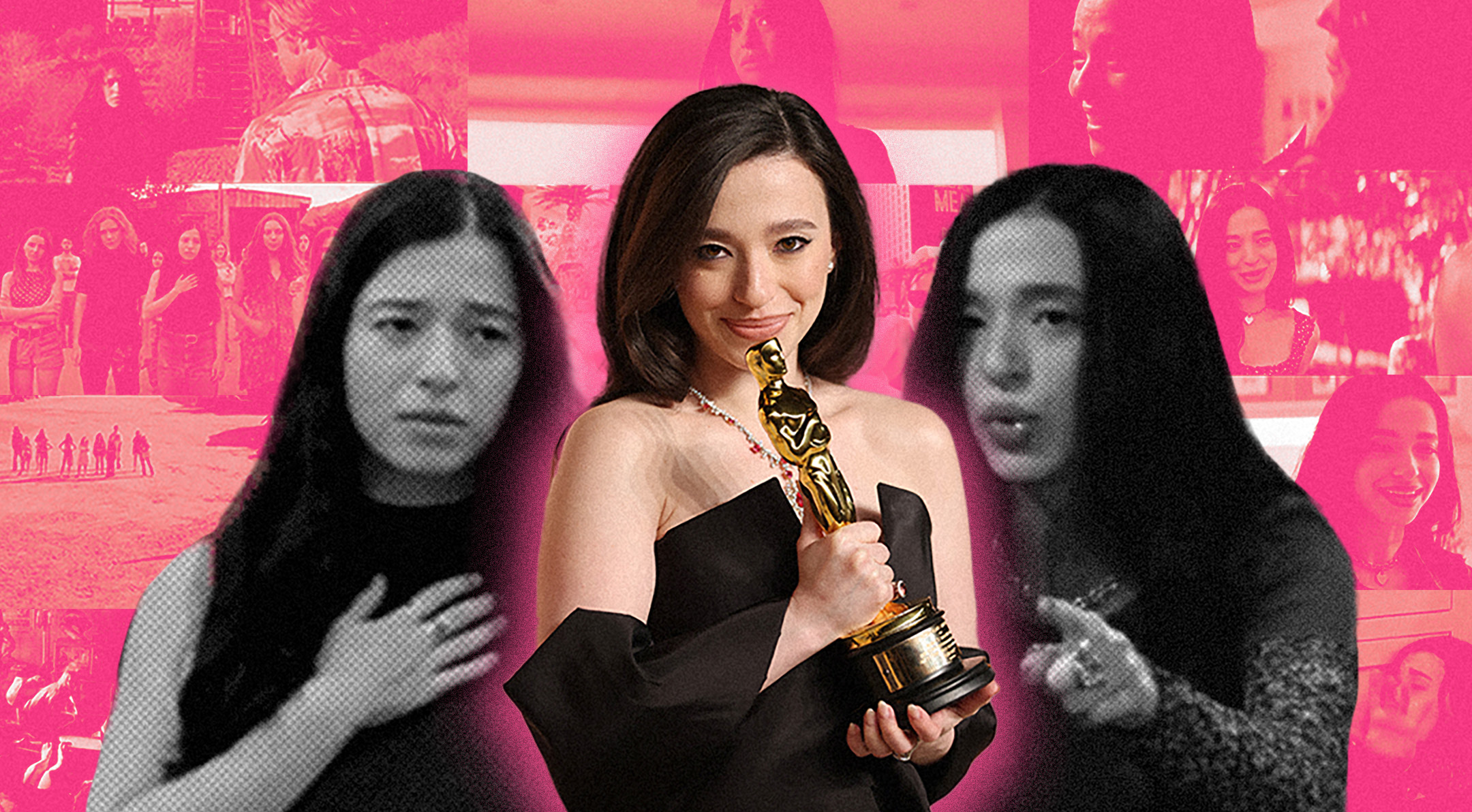When US President Barack Obama was given the honor of eating at Sukiyabashi Jiro and didn’t finish his sushi, foodie-netizens the world over rallied ballistic. You don’t eat at Jiro and leave the work of the sushi master Jiro Ono on your plate. Jiro is Japan’s number one sushi restaurant, immortalized by the movie Jiro Loves Sushi. I myself tried to make a reservation a while back before a trip to Japan and was told to call back the next month. Singapore’s renowned chef Willin Low flew to Japan to meet his reservation only to be turned away because of a mix up in the calls. Obama dares leave some of that priceless culinary art on his plate? Sacrilege!
His thought bubble probably read: What is so special about this sushi anyway?
Eating at Jiro is eating a sushi master’s art. It is the perfect balance of yin and yang, and at Jiro-levels of sushi-making, I can only imagine that the consumer achieves satori (that zen point of enlightenment) after just one bite.
In fact, not just anyone can make sushi.
Chef Okajima of Tsukiji Makati started making sushi at 19; he is now 53. Chef Nobuyoshi of Wafu in Greenhills also has 35 years of experience in making sushi. Jiro is now 87 and stressed in the documentary that everyday, even in his old age, he still strives for perfection in the art.
“In Japan, in your first three years, you are allowed to do preparation only but no sushi,” Chef Okajima explains. “After five years, only then are you allowed to make sushi.” As an apprentice, you learn the basics. After a decade, you master the technique.
It begins with going to the market and picking out the fish yourself. “For hamachi, look for clean eyes, a hard stomach and shiny skin,” Chef Okajima shared. “For tuna, he stressed the importance of color. For otoro, it must be pink; for akami, wine red.”
“Go to market and make friends with the vendors so they give you the best parts,” Chef Okajima advises. True enough, that is what the documentary shows Master Jiro doing even in his ‘80s: visiting his favorite vendor and making sure he gets first dibs on the best parts of the best fish.
Rice is important as well. Chef Nobuyoshi takes into consideration the season of harvest, which determines moisture content. A good chef also adjusts the length of time in soaking rice. Chef Okajima recommends Japanese rice but also says Philippine-harvested Japonica rice is a good alternative.
Cooking the rice with vinegar is also a craft in itself. At Tsukiji, Chef Okajima uses 2 kilos of rice, 400 cc vinegar, 250 grams of sugar, and 40 grams of salt to create their sushi rice.
Then, the technique in shaping the sushi comes in. Notice how the chefs’ pointer and middle fingers are usually stretched out, as if creating sushi on air, like how a piano player sometimes air-pianos a Mozart. It is through years, decades of practice that they ensure that the shape and density of a sushi comes out perfect.
The final role though is with the customer. In Japan, the chefs usually advise what condiments to have with your sushi. Master Jiro takes the participation of the customer out altogether by brushing the needed sauce on the sushi already. Here, the soysauce and wasabi are usually already laid out on the table, even at the risk of destroying the balance so painstakingly prepared by the chef. So use this guide from Chef Okajima: for squid, just use salt; for Wagyu sashimi, ponzu sauce; for white fish, ponzu sauce and salt; and for the oily fish like salmon and tuna, dab a bit of wasabi then shyly dip in soysauce.
Close your eyes, think zen and achieve sushi satori. And if it’s an otoro, please don’t do an Obama and let a bite go to waste. This belly is sacred!


